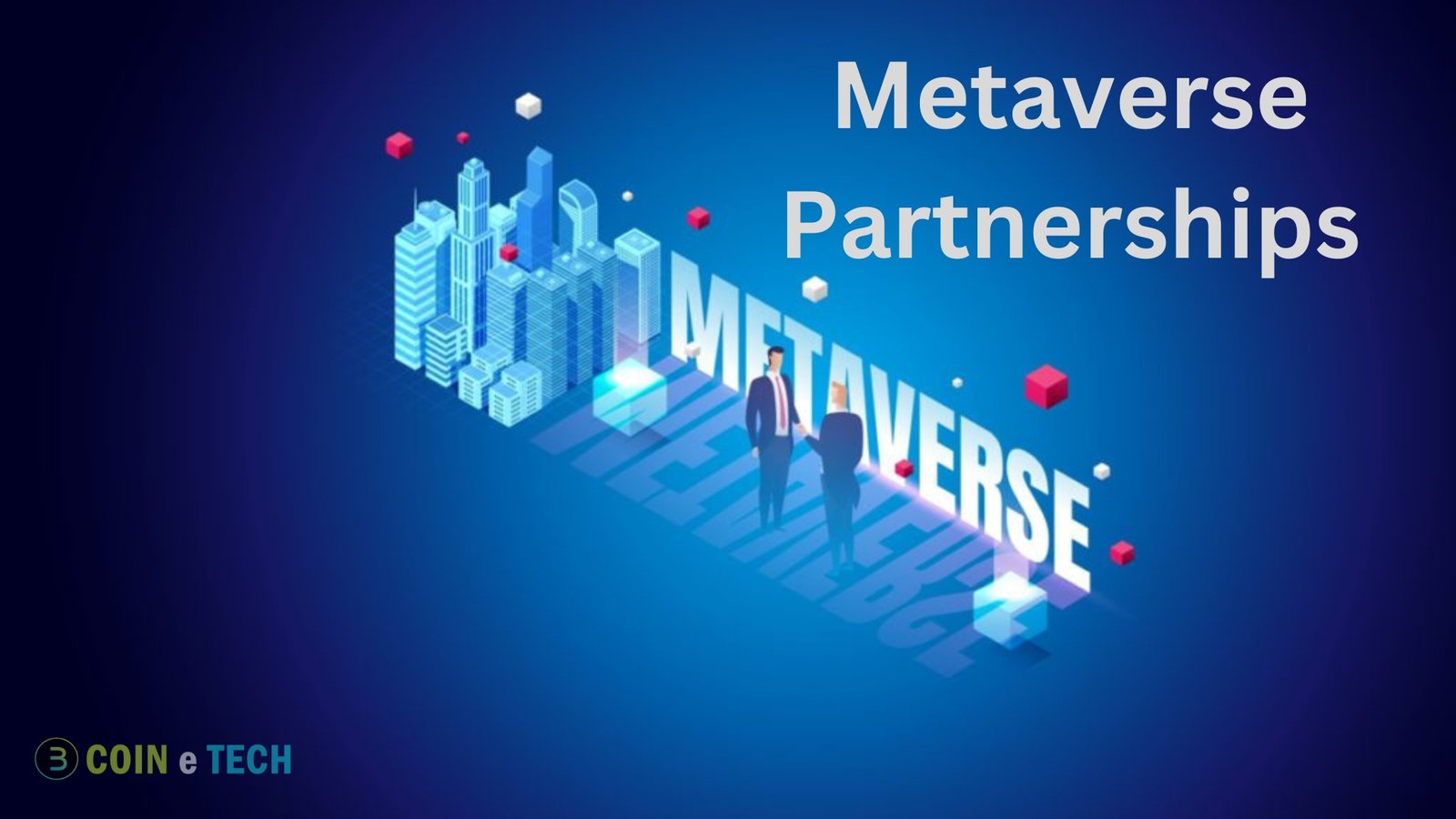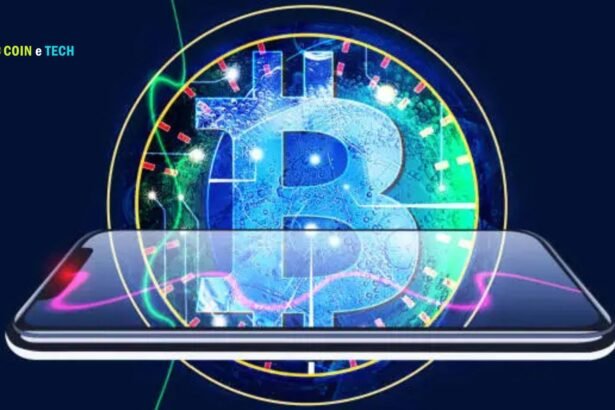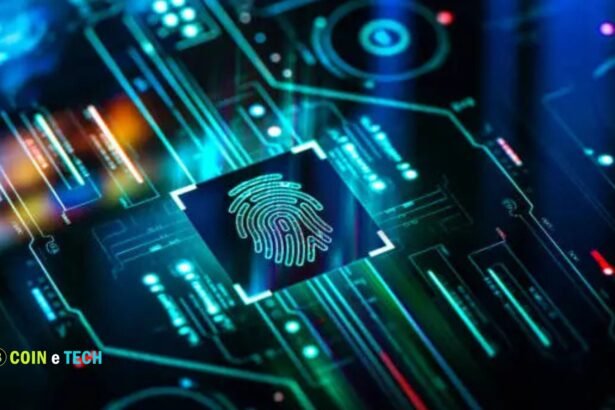Metaverse ETP. Recently, Metaverse ETP, one of the lesser-known cryptocurrencies has gained much attention due to its ascent in the market capitalization rankings. With the help of a value intermediary and your digital identity and assets as its foundation, Metaverse aims to construct a decentralized financial system.
Thanks to this new viewpoint, the blockchain ecosystem could change, including the financial services and transactions that depend on it. Metaverse makes many bold assertions; should you even consider it? All the details about the project, its team, its tech, its applications, and the future of the ETN token can be found here.
How Metaverse ETP Developed
The creators of Metaverse drew inspiration from Neal Stephenson’s 1992 science fiction novel Snow Crash. Characters in the book communicate with other humans and digital entities through their Avatars. The creators of Metaverse perceive many similarities between our current reality and the virtual world where the novel is set, particularly in light of the increasing popularity of online communication over in-person interactions. This is the rationale behind their belief that blockchain technology will become more integral to following online transactions. The emergence of digital identities and intermediaries will shift the internet’s role from information distribution to facilitating value exchange, ushering in a new economic model.
On a more practical level, Metaverse aims to revolutionize the processing and delivery of financial services. To accomplish this, a global system of digital assets, identities, value intermediaries, and improved identity verification mechanisms will be put in place. So, this is the foundation of the blockchain and the Metaverse network. Combined with the Metaverse Smart Token, these digital building blocks allow anybody to create and distribute their digital currency or store value.
Metaverse Partnerships
Metaverse has partnered with various organizations that could help grow its user base. Tokenizing intellectual property through a partnership with Lexit is the most current. Lexit’s central concept is an online marketplace where individuals can trade their unused IPs with one another. The second partner is KICKICO, a crowdfunding platform based in Moscow that uses blockchain technology. Another Chinese crypto-investment bank with whom we have partnered is CyberTrust.
Metaverse has also partnered with Draper Dragon, a subsidiary of the Draper investment group that seeks to bring together American and Chinese digital companies. The final collaborator is Zengold, a promising startup that aims to digitalize gold via the Metaverse blockchain.
Metaverse Technology
As indicated before, Metaverse is seen as a potential Ethereum substitute in China. However, there is a significant distinction between the two: Ethereum is all about smart contracts, whereas Metaverse is all about smart assets. The Metaverse technology is made up of several parts:
Consensus Mechanism
Since the consensus mechanism in Metaverse consists of two stages, the Proof of Work (PoW) consensus process may change occasionally. The network will be secure for the first several years thanks to GPU mining, but engineers intend to implement PoW simultaneously. Right now, we’re using Ethash as our algorithm. The development team is also actively working on HeartBeat Token-Height Delegated Proof of Stake (HBTH-DPoS) to serve as the second consensus method.
Delegated Proof of Stake will take over from Metaverse’s consensus method when this new algorithm is ready. Several issues plague this method. An entity can launch an attack if it swiftly gathers many tokens. Secondly, voters aren’t active with the network once they’ve chosen a delegate. To address these issues, the Metaverse team developed two new concepts: HeartBeat and Token-Height. Though HeartBeat monitors users’ recent network activity, Token-Heights counts how long a user has stored ETP in a wallet.
Metaverse Smart Tokens (MST)
Smart contracts on the blockchain can’t operate without preexisting digital assets since smart assets are the concept around which Metaverse is built. MST is described as an asset in the dataset based on its design. After it is set up, the data description should be reusable and hard to change. A user’s ability to identify registered assets is crucial to creating operational attributes, value, and attributes. The price changes and trades in the market will show all of this. Users can have faith in the oracles and intermediaries in Metaverse because they will provide off-chain data that verifies the existence and worth of assets. The oracles will also oversee digital identity credit scoring.
The ETP Token
With its name deriving from “Entropy,” the second law of thermodynamics used to identify systemic instability, the ETP token is a utility token with real value primarily within the Metaverse ecosystem as a fee for developers and miners or as collateral.
ETP Fees and Rewards
On the Metaverse network, you’ll be paid in ETP for various transactions, including verifying your identity and oracle assets, becoming an oracle, registering an avatar, and creating digital assets. Mining one block on the Metaverse blockchain now rewards miners with 3 ETP; however, this number decreases by 5% for every 100,000 blocks mined. Plus, there are incentives for those who lock their funds.
Micro-Inflation Accounting
Since ETP is only used within the Metaverse network, it shouldn’t be subject to inflationary pressures. Because tokens might be lost due to carelessness, forgotten passwords, or even death, the number of ETP in circulation will steadily decline. If we expand the supply of ETP, we can see micro-inflation in the model of the ETP economy.
ETP Price Performance
September 5, 2016, was the ETP token’s ICO day. The initial coin offering (ICO) raised about $2 million, with a token price of $0.30. Afterwards, it saw a wildly fluctuating price range, reaching a high of almost $6 in June 2017, a low of less than $0.60 in September, and a high of nearly $5 in October. For the rest of 2017, its pricing ranged from $2.50 to $5.00. It followed the rest of the cryptocurrency markets in June 2018 and dropped below $0.52.
As of today, September 14, 2018, its price has rebounded to $3.35, making it one of the best-performing coins in the last three months. The launch of the main net update has enabled users to generate two kinds of tokens—the Metaverse Smart Token (MST) and the Metaverse Identifiable Token (MIT), and this rush follows in its wake.
Visit TOPBTC if you want to purchase ETP. Yuan, the currency of China, is acceptable for payment. With Bitfinex, you may buy USD, BTC, and ETH with ETP. The exchange also has a respectable trade volume. Finally, HitBTC offers respectable volumes, and you can purchase ETP alongside various other cryptocurrencies.
Mining and Storing ETP
Because a mining farm is required for profitable solo mining, a mining pool is the way to go. Look for a trustworthy pool with minimal costs; there are plenty to choose from. You can easily keep your ETP in the native Metaverse wallet, which supports multiple platforms and devices (desktop, online, and mobile (Android and iOS) versions). Unfortunately, there is currently no hardware wallet available that supports Metaverse.
Metaverse Roadmap
The main net of the Metaverse was launched in February 2017. On June 6, 2018, it was upgraded with the Supernova release, which introduced a full-node wallet and set the groundwork for digital identity and asset enhancements. The next phase, Pillars, will be unveiled by the end of 2018 on the test net and the main net in the first quarter of 2019. It is a lighter, faster, and more secure Metaverse that will be released in two parts: a decentralized exchange for digital assets and an enhancement to digital identities.
Conclusion
Metaverse owner Viewfin.com predicted Ethereum’s revolutionary smart contract technology, but they didn’t stop there; they built their own, which they think will be even better and more efficient—especially when it comes to meeting the needs of the Chinese market. At its core, Metaverse is simply Ethereum with a Chinese flavour. It remains to be seen whether it can outperform Ethereum.
Already, businesses like ZenGold are showing the potential of Metaverse by digitalizing physical gold and verifying its existence and worth on the blockchain. Several Chinese companies have begun constructing platforms on the Metaverse blockchain, which is becoming increasingly popular worldwide. We closely monitor the situation to determine when this technology will be accepted globally. The promising results of Metaverse make it an intriguing project to watch in the coming months and years.








